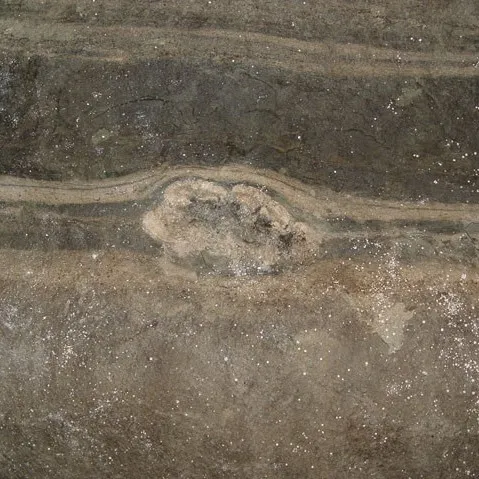Colombier des Rois Mine, Puy-de-Dôme, France
The Mine du Colombier des Rois or more commonly known as the Mine des Rois, near the town of Dallet in Puy-de-Dôme is undoubtedly one of the richest underground spaces in France. Indeed, it is a hydrocarbon mine operated from the end of the 19th century to 1983.
It is a remarkable site for its exceptional geology, making it possible to retrace the events that took place during the collapse and sedimentation of the Limagne basin. Recently threatened by a destruction strike in the name of the security, this site has been classified and is in the process of being enhanced, and why not one day open to the public ! The identification of bats by the Natura 2000 teams (lesser horseshoe bat especially), the collaboration between geological and naturalist associations (Mur-Allier Nature), geologists and local authorities have made it possible to save these 100 years of mining heritage.
History of the Mine
Geology and mineral resources
Geologically, the galleries criss-cross the marl-limestone strata, revealing clues to the placement and migration of organic matter in the rock. Many fossils were discovered during the mining work (caenoterium, turtles, crocodiles, flamingos, eggshells, gastropods, stromatolites) many of them are now kept at the Natural History Museum in London. It is also the typical deposit for the famous helix ramondi, this famous land snail extremely abundant on the site. It is still very easy to find them on the dumps in front of the mine. You should also know that the galleries cross an old volcano, called "diatreme" consisting of a peperitic breccia (mixture of sediment and fragmented volcanic rock). Mineralogically, this site is also the cradle of the famous lussatite, this variety of opal-CT that we appreciate particularly. Quartz, Calcite, gypsum and microcrystal zeolites (analcime, clinoptilolite) were also encountered.
Today, the galleries are of course no longer accessible, this mine being subject to numerous collapses. The following photos were taken by ourselves during the listing of bats in 2008 and all the samples come from old collections.















